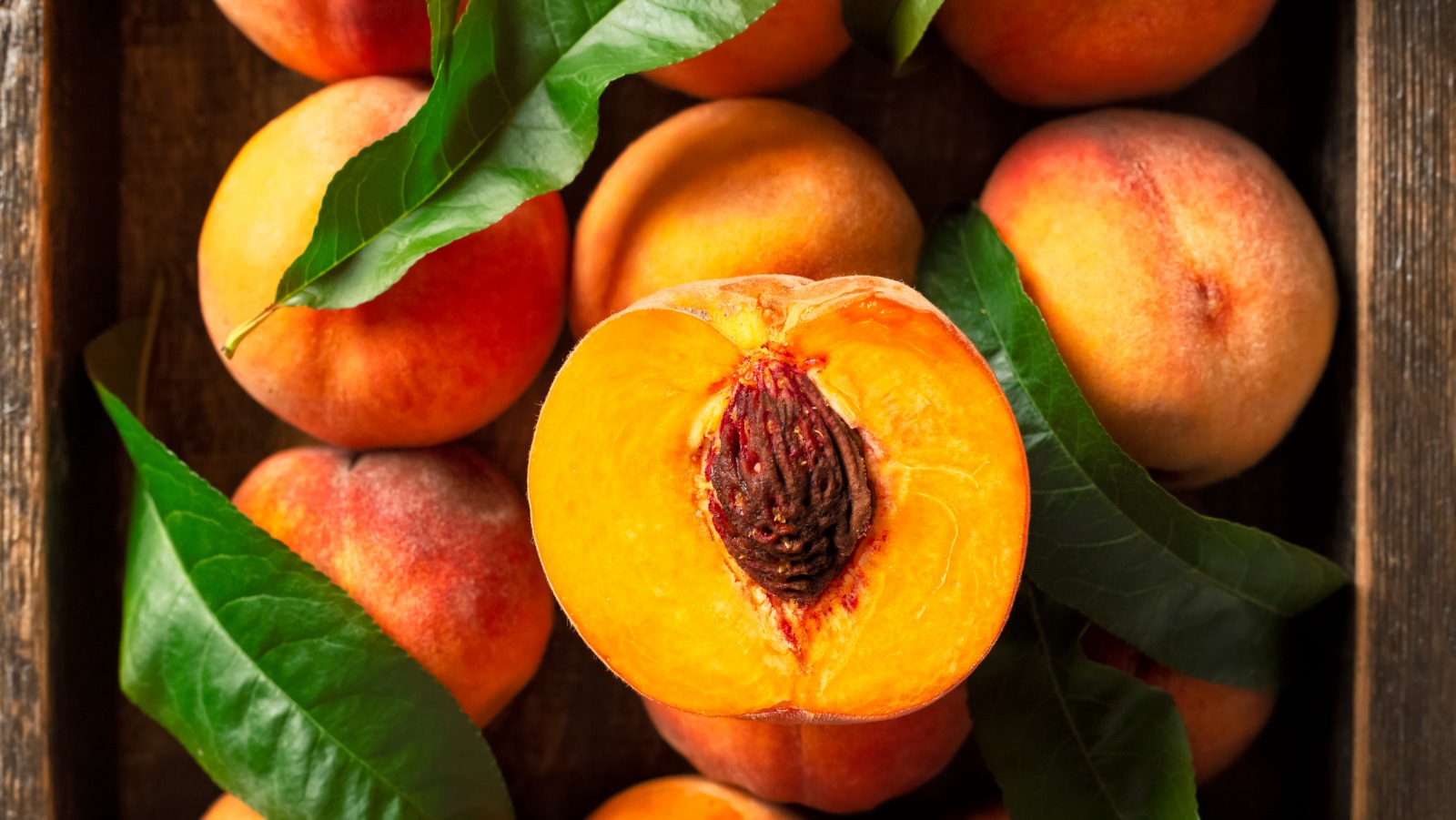

Articles
How To Store Ripe Peaches
Modified: December 7, 2023
Learn the best methods for storing ripe peaches in this informative articles. Preserve the freshness and flavor of your delicious fruit!
(Many of the links in this article redirect to a specific reviewed product. Your purchase of these products through affiliate links helps to generate commission for Storables.com, at no extra cost. Learn more)
Introduction
When peaches are perfectly ripe, they are juicy, fragrant, and bursting with flavor. However, if you’re unable to consume all of your ripe peaches at once, it’s important to store them properly to maintain their deliciousness and prevent them from spoiling. In this article, we will discuss various methods for storing ripe peaches so that you can enjoy their sweetness for an extended period.
Whether you’ve harvested peaches from your own tree or purchased them from a local farmer’s market or grocery store, knowing how to store them correctly will ensure that they remain fresh and retain their optimal flavor. Different methods of storing ripe peaches are available, depending on whether you plan to consume them in the next few days or want to preserve them for longer periods. By understanding the various storage options, you can choose the one that works best for your needs.
Before delving into the details of storage methods, it’s essential to determine the ripeness of your peaches. If the peaches are already ripe, you can proceed with the storage techniques discussed in this article. However, if your peaches are still firm and unripe, it’s recommended to leave them at room temperature until they reach the desired level of ripeness.
Now that we’ve covered the introduction, let’s move on to the first step: checking the ripeness of your peaches.
Key Takeaways:
- Store ripe peaches at room temperature for short-term enjoyment, refrigerate for a slightly longer shelf life, or freeze for extended preservation. Each method offers a unique way to savor the deliciousness of ripe peaches.
- Handle ripe peaches with care, store them separately from ethylene-producing fruits, and utilize various storage methods to enjoy their sweet juiciness year-round. With proper handling and storage, you can make the most of ripe peaches’ abundant flavors.
Read more: How To Store Peaches
Checking Ripeness of Peaches
Before storing your peaches, it’s important to ensure that they are ripe. A perfectly ripe peach will have a vibrant color, firm yet slightly yielding flesh, and a sweet aroma. Here are a few methods you can use to check the ripeness of your peaches:
- Color: Ripe peaches typically have a vibrant and uniform color. Look for peaches that have a deep, golden hue with little or no green undertones. Avoid peaches that are predominantly green, as they are likely unripe.
- Firmness: Gently squeeze the peach with your fingertips. A ripe peach should yield slightly to gentle pressure, but it should not be too soft or mushy. If the peach feels rock hard, it is not yet ripe. Conversely, if it feels overly soft or mushy, it may be overripe.
- Aroma: Take a whiff of the peach near the stem end. Ripe peaches have a sweet and fragrant aroma. If the peach lacks any scent or smells sour, it may not be fully ripe.
By using these methods, you can determine the ripeness of your peaches and proceed with the appropriate storage method based on their current state. If your peaches are ripe and ready to eat, you can choose to consume them immediately or store them for later use. Continue reading to learn different methods for storing ripe peaches.
Storing Ripe Peaches at Room Temperature
If you plan to consume your ripe peaches within a few days, storing them at room temperature is a convenient option. Here are some guidelines to follow:
- Separate and arrange: Remove any damaged or spoiled peaches from the group. It’s important to keep only the ripe ones for optimal storage. Next, arrange the peaches in a single layer in a shallow container, such as a basket or a tray.
- Keep in a cool spot: Find a cool spot in your kitchen or pantry where the temperature remains relatively stable. Avoid placing the peaches near direct sunlight or heat sources, as this can cause them to ripen too quickly or spoil.
- Avoid stacking: To prevent bruising or crushing, avoid stacking the peaches on top of each other. Give them enough space to breathe and retain their shape.
- Check daily: Regularly inspect the peaches for any signs of overripening or spoilage. If you notice any peaches that are getting too soft or developing mold, remove them immediately to prevent them from affecting the others.
Storing your ripe peaches at room temperature allows them to continue ripening naturally, enhancing their flavor and aroma. However, keep in mind that the shelf life of peaches stored this way is relatively short, usually lasting up to a week, depending on the initial ripeness. If you need to store them for a longer duration, it is recommended to refrigerate or freeze them. Read on to learn how to store ripe peaches using these methods.
Refrigerating Ripe Peaches
If you have a larger quantity of ripe peaches or if you don’t plan to consume them within a few days, refrigeration is an excellent option to prolong their freshness. Here’s how you can store ripe peaches in the refrigerator:
- Sort and prepare: Prior to refrigeration, sort through your peaches and discard any damaged or spoiled ones. Gently rinse the peaches with cool water to remove any dirt or debris, and pat them dry with a clean cloth.
- Place in a breathable container: Line a shallow container, like a plastic or glass lidded container or a mesh bag, with a paper towel or parchment paper. This will help absorb excess moisture and prevent the peaches from getting too damp. Arrange the peaches in a single layer, making sure they are not overcrowded.
- Temperature and location: Set your refrigerator to a temperature between 32°F and 40°F (0°C and 4°C) to keep the peaches fresh without freezing them. Place the container of peaches in the main compartment of the refrigerator, away from any areas with temperature fluctuations, such as the door or near the back vent.
- Check regularly: Peaches stored in the refrigerator can last for up to a week or slightly longer. However, it’s important to check them regularly and consume them as soon as they show signs of overripening or deterioration.
Refrigerating ripe peaches can help slow down the ripening process and extend their shelf life. The chilled environment helps maintain their texture and flavor, making them a refreshing treat when consumed cold. Additionally, refrigerating peaches allows for flexibility in planning when to enjoy them, as they can be easily incorporated into recipes or enjoyed as a cool snack on a hot day.
However, keep in mind that refrigerated peaches may lose a bit of their juiciness and develop a slightly grainy texture over time. If you prefer perfectly juicy peaches, it’s best to consume them within a few days of refrigerating. For longer-term storage, freezing is a great option. Continue reading to learn how to freeze ripe peaches.
Store ripe peaches at room temperature for 1-2 days to allow them to fully ripen. Once ripe, refrigerate them in a paper bag to slow down the ripening process and keep them fresh for up to 5 days.
Freezing Ripe Peaches
If you have an abundance of ripe peaches and want to enjoy their sweetness even after the peak season, freezing is an excellent way to preserve their flavor and texture. Here’s a step-by-step guide on how to freeze ripe peaches:
- Prepare the peaches: Start by washing the peaches under cool running water to remove any dirt or residue. Pat them dry with a clean towel. Remove the skin by blanching the peaches briefly in boiling water for about 30-60 seconds, then transferring them to an ice bath. The ice bath will stop the cooking process and help loosen the skin, making it easier to peel off. Once cooled, peel the peaches and cut them into slices or chunks, discarding the pits.
- Pre-treat with lemon juice: As peaches tend to darken when exposed to air, it’s recommended to pre-treat them with lemon juice. Toss the sliced peaches in a solution of 1 part lemon juice to 4 parts water, ensuring all surfaces are coated. The lemon juice helps prevent browning and preserves the vibrant color of the peaches.
- Pack for freezing: Arrange the pre-treated peach slices or chunks in a single layer on a baking sheet lined with parchment paper or a silicone mat. Make sure they are not touching each other. Place the baking sheet in the freezer and allow the peaches to freeze individually for about 2-3 hours or until solid.
- Transfer to storage containers: Once the peach slices are frozen, transfer them to airtight freezer-safe containers or zip-top freezer bags. Label the containers with the date and contents for easy reference. Squeeze out any excess air from the bags before sealing to prevent freezer burn.
- Store in the freezer: Place the sealed containers or bags of peaches in the freezer, making sure they are stored in a flat position to maximize space and prevent the peaches from getting squished. Peaches can be stored in the freezer for up to 12 months. However, they are best consumed within 6-8 months for optimal flavor and quality.
Frozen peaches can be used in a variety of ways, such as adding them to smoothies, baking them into pies or cobblers, or simply enjoying them as a refreshing frozen treat. They retain their flavor and nutritional value, making them a convenient option for enjoying peaches year-round.
Now that you know how to freeze ripe peaches, you can preserve their deliciousness and enjoy the flavors of summer even during the colder months. However, if you prefer a different method of preserving ripe peaches, canning might be the ideal option. Continue reading to learn how to can ripe peaches for long-term storage.
Read more: How To Store Ripe Figs
Canning Ripe Peaches
Canning ripe peaches is an excellent way to preserve their flavor and enjoy them throughout the year. Canned peaches can be used in various recipes, from pies and cobblers to jams and preserves. Follow these steps to can ripe peaches:
- Prepare the peaches: Start by washing the peaches under cool running water to remove any dirt or residue. Peel the peaches and remove the pits. Cut the peaches into slices or leave them whole, depending on your preference.
- Prepare the canning jars: Sterilize the canning jars by washing them in hot soapy water and rinsing them thoroughly. You can also run them through a dishwasher cycle. Place the jars in a large pot of boiling water with the lids and rings, and let them simmer for a few minutes to sanitize them. Remove the jars from the water and set them aside on a clean towel.
- Make the syrup: Prepare a simple syrup to preserve the peaches. In a large pot, combine water and sugar in a 1:1 ratio (for example, 2 cups of water and 2 cups of sugar) and bring it to a boil. Stir until the sugar is completely dissolved. You can also enhance the flavor of the syrup by adding a splash of lemon juice, cinnamon, or vanilla extract.
- Pack the jars: Place the peach slices or whole peaches into the canning jars, leaving about 1/2 inch of headspace at the top. Gently pour the hot syrup over the peaches, covering them completely while still maintaining the 1/2 inch headspace.
- Remove air bubbles and seal: Use a utensil, like a plastic spatula or chopstick, to remove any air bubbles trapped inside the jars. Wipe the rims of the jars with a clean, damp cloth to remove any syrup or debris. Place the lids on the jars and tighten the rings until they are secure but not overly tight.
- Process the jars: Place the filled and sealed jars in a canning pot or large stockpot filled with boiling water. Make sure the water level covers the jars by at least 1 inch. Bring the water to a rolling boil and let the jars process for the recommended time, usually about 20-30 minutes depending on your altitude and jar size. Consult a trusted canning resource or recipe for specific processing times.
- Remove and cool: Once the jars have finished processing, use canning tongs or a jar lifter to carefully remove them from the boiling water. Place the jars on a towel-lined countertop and let them cool undisturbed for 12-24 hours. As the jars cool, you may hear a popping sound, indicating a proper seal.
- Check the seals and store: After the jars have cooled, check the seals by pressing down on the center of each lid. If the lid stays down and doesn’t move, the jar is properly sealed. Store the sealed jars in a cool, dark place, such as a pantry or cellar. Canned peaches can be stored for up to a year.
Canning ripe peaches allows you to enjoy the taste of summer even when peaches are out of season. They can be enjoyed on their own, used in various recipes, or even given as thoughtful homemade gifts. Just remember to use proper canning techniques and follow tested recipes to ensure safe preservation and storage.
Now that you know how to can ripe peaches, you have another preservation method to add to your repertoire. Whether you choose to store them at room temperature, refrigerate, freeze, or can them, you can prolong the enjoyment of ripe peaches and savor their sweet flavor for months to come.
Tips for Storing Ripe Peaches
Proper storage is the key to maintaining the freshness and flavor of ripe peaches. Here are some tips to help you store your peaches effectively:
- Handle with care: Ripe peaches are delicate and easily bruised, so handle them with care to avoid any damage. Use gentle pressure when picking them up or placing them in storage containers.
- Ripen before storage: If your peaches are still slightly firm and need some time to ripen, it’s best to leave them at room temperature until they are fully ripe. Once ripe, they can be stored using the methods mentioned above.
- Store separately: Avoid storing peaches with fruits that produce ethylene gas, such as apples, bananas, or tomatoes. Ethylene gas speeds up the ripening process and can cause peaches to spoil more quickly.
- Keep them dry: Moisture can cause peaches to rot quickly. Make sure the peaches are dry before placing them in storage containers or the refrigerator. If the peaches are slightly damp, pat them dry with a clean cloth or paper towel.
- Use ethylene absorbers: To further extend the shelf life of ripe peaches, you can place ethylene absorbers, such as activated charcoal or ethylene-absorbing sachets, in the storage containers or bags. These absorbers help control the ripening process and reduce spoilage.
- Label and date: Properly label your storage containers or freezer bags with the date of storage. This will help you keep track of how long the peaches have been stored and ensure that you consume them within the recommended time frame.
- Rotate your stock: If you have a large quantity of ripe peaches, it’s a good idea to rotate your stock. Consume the oldest peaches first to prevent any from going bad or wasting away.
- Refrigerate leftovers: If you have leftover peeled or sliced peaches that you didn’t use, store them in an airtight container in the refrigerator. Use them within a day or two, as they tend to lose their freshness and texture quickly.
- Enjoy in different forms: Don’t limit yourself to one storage method. Depending on your needs and preferences, you can store some peaches at room temperature, refrigerate others, freeze a portion, and can the rest. This way, you’ll have different options for enjoying peaches in various dishes throughout the year.
By following these tips, you can ensure that your ripe peaches remain flavorful and ready to enjoy whenever you’re in the mood for a sweet and juicy treat. Proper storage not only preserves the quality of the peaches but also allows you to make the most of their abundant flavors.
Now that you’re equipped with the knowledge of storing ripe peaches, you can confidently bring home a batch of these summer delights and enjoy their goodness far beyond the warm months. So savor every bite and indulge in the delightful taste of perfectly stored ripe peaches!
Conclusion
Knowing how to store ripe peaches is essential to prolong their freshness and enjoy their delectable flavors. Whether you choose to keep them at room temperature, refrigerate, freeze, or can them, each storage method has its advantages and allows you to savor the taste of ripe peaches at different times of the year.
Storing ripe peaches at room temperature is ideal if you plan to enjoy them within a few days. Just remember to separate and arrange them properly, keep them in a cool spot, and check for signs of spoilage regularly.
If you have more time before consuming your ripe peaches, refrigeration can help extend their shelf life. Be sure to sort and prepare them, place them in breathable containers, and maintain a consistent temperature.
Freezing ripe peaches allows you to preserve their juicy sweetness for months. Take the extra step of blanching and pre-treating with lemon juice to retain their color and flavor before packing them into the freezer.
For long-term storage and versatile use, canning ripe peaches is an excellent option. Properly sterilize the jars, prepare a syrup, pack and seal the jars, and process them in a boiling water bath to safely preserve the peaches.
Regardless of which storage method you choose, remember these essential tips: handle peaches with care, store them separately from ethylene-producing fruits, keep them dry, and utilize ethylene absorbers when possible. Additionally, label and date your storage containers, rotate your stock, and enjoy peaches in different forms to make the most of their deliciousness.
With these storage techniques and tips in mind, you can extend the pleasure of ripe peaches beyond their peak season. Whether you’re enjoying them fresh, incorporating them into recipes, or indulging in frozen delights, you’ll be able to experience the delightful taste of peaches all year round.
So go ahead, bring home a batch of perfectly ripe peaches and explore the various storage methods. Experiment with different ways to enjoy their sweet juiciness and bask in the flavors that nature has to offer.
Frequently Asked Questions about How To Store Ripe Peaches
Was this page helpful?
At Storables.com, we guarantee accurate and reliable information. Our content, validated by Expert Board Contributors, is crafted following stringent Editorial Policies. We're committed to providing you with well-researched, expert-backed insights for all your informational needs.
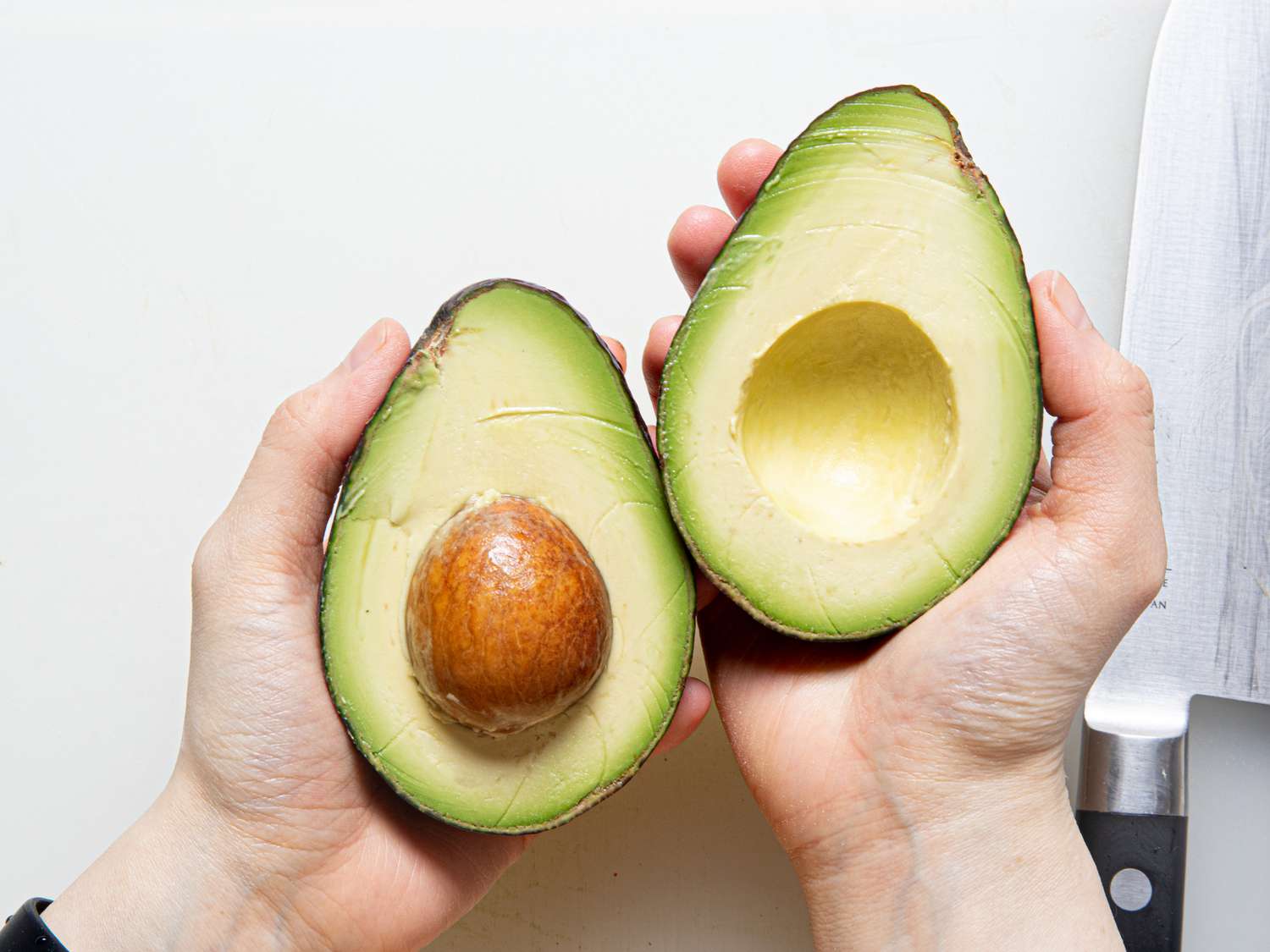
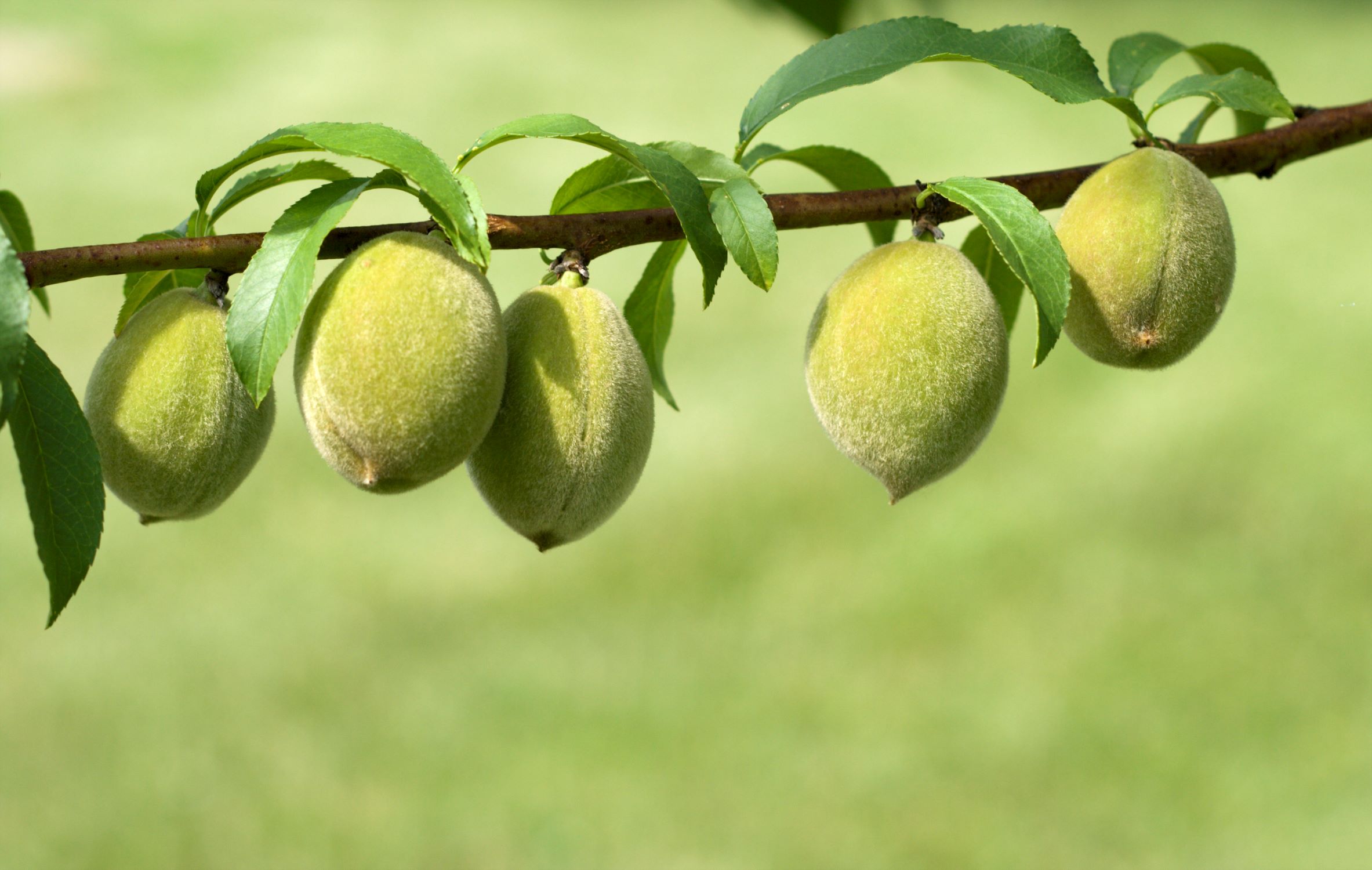
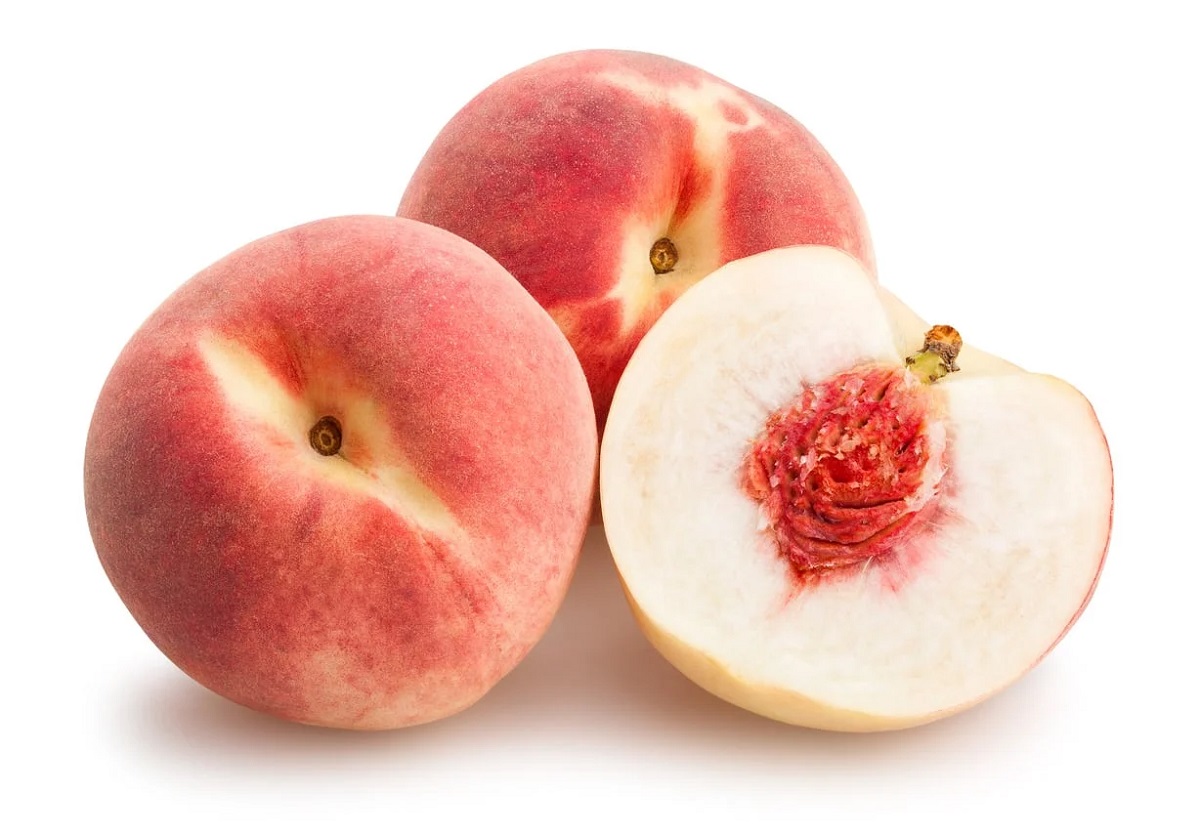
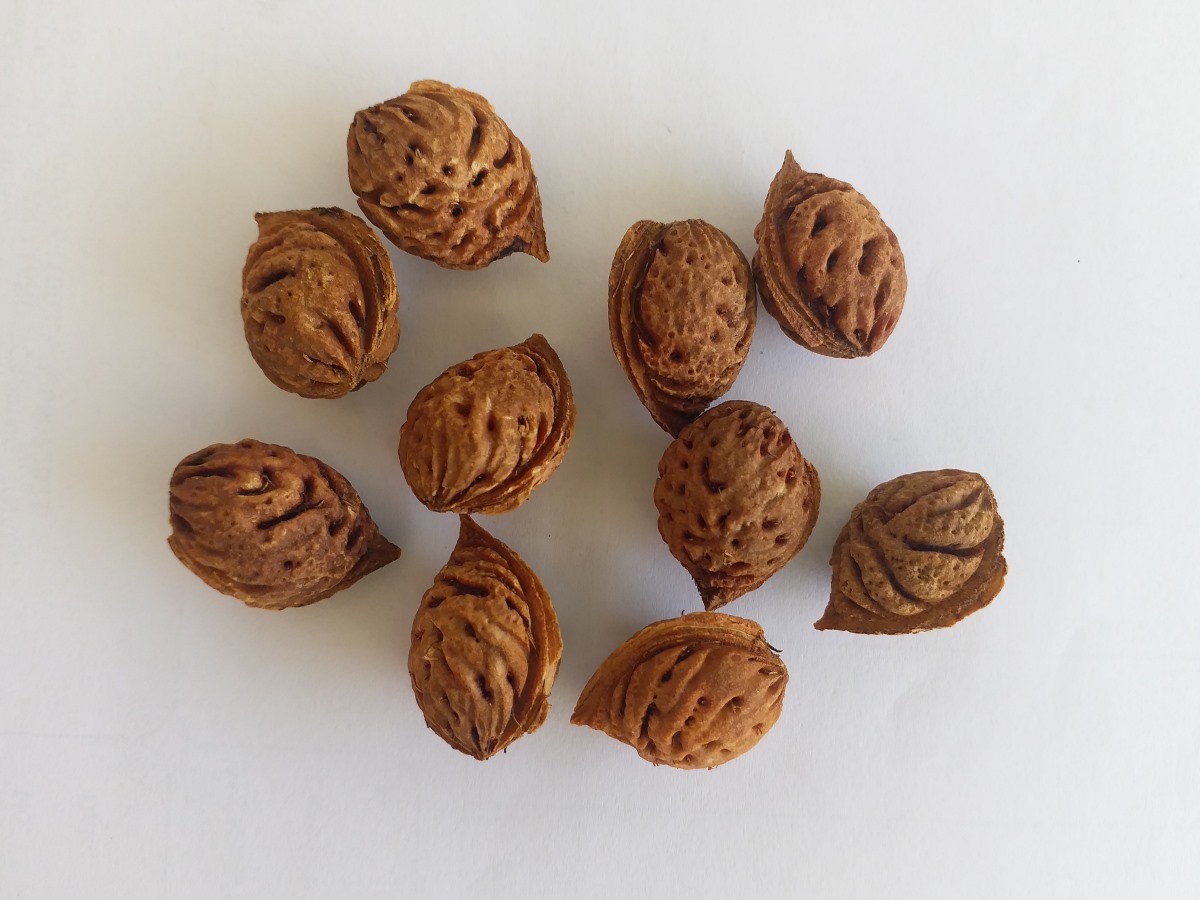
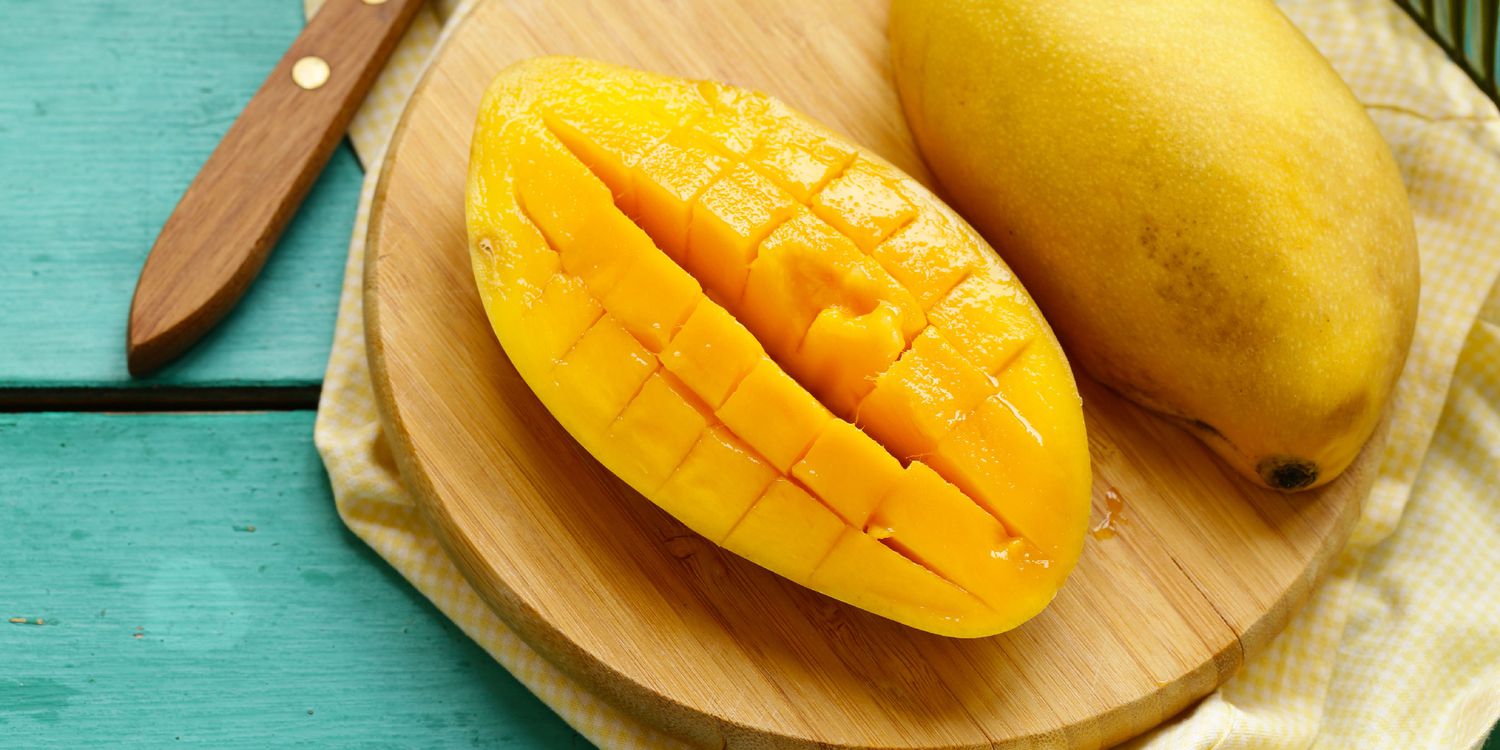
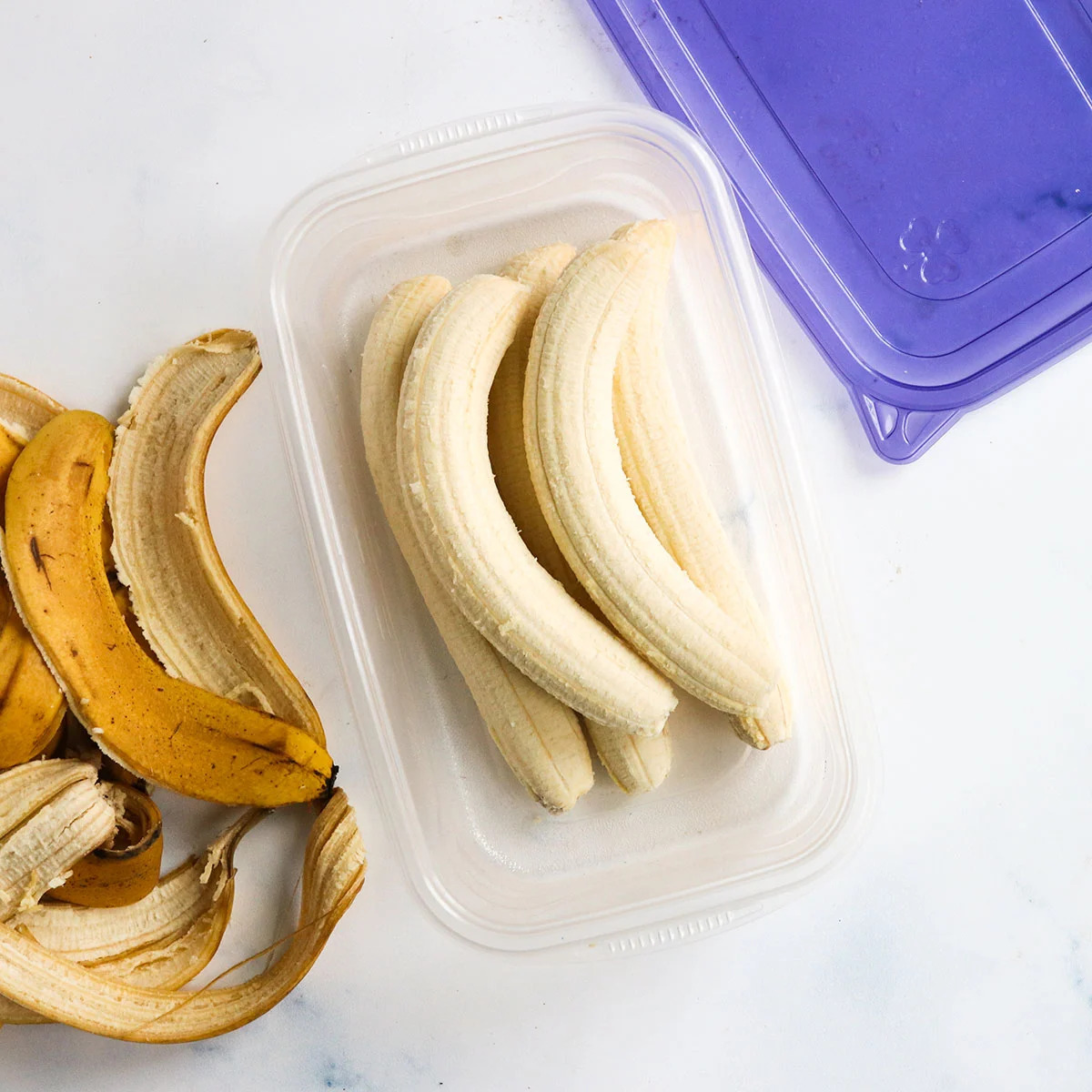
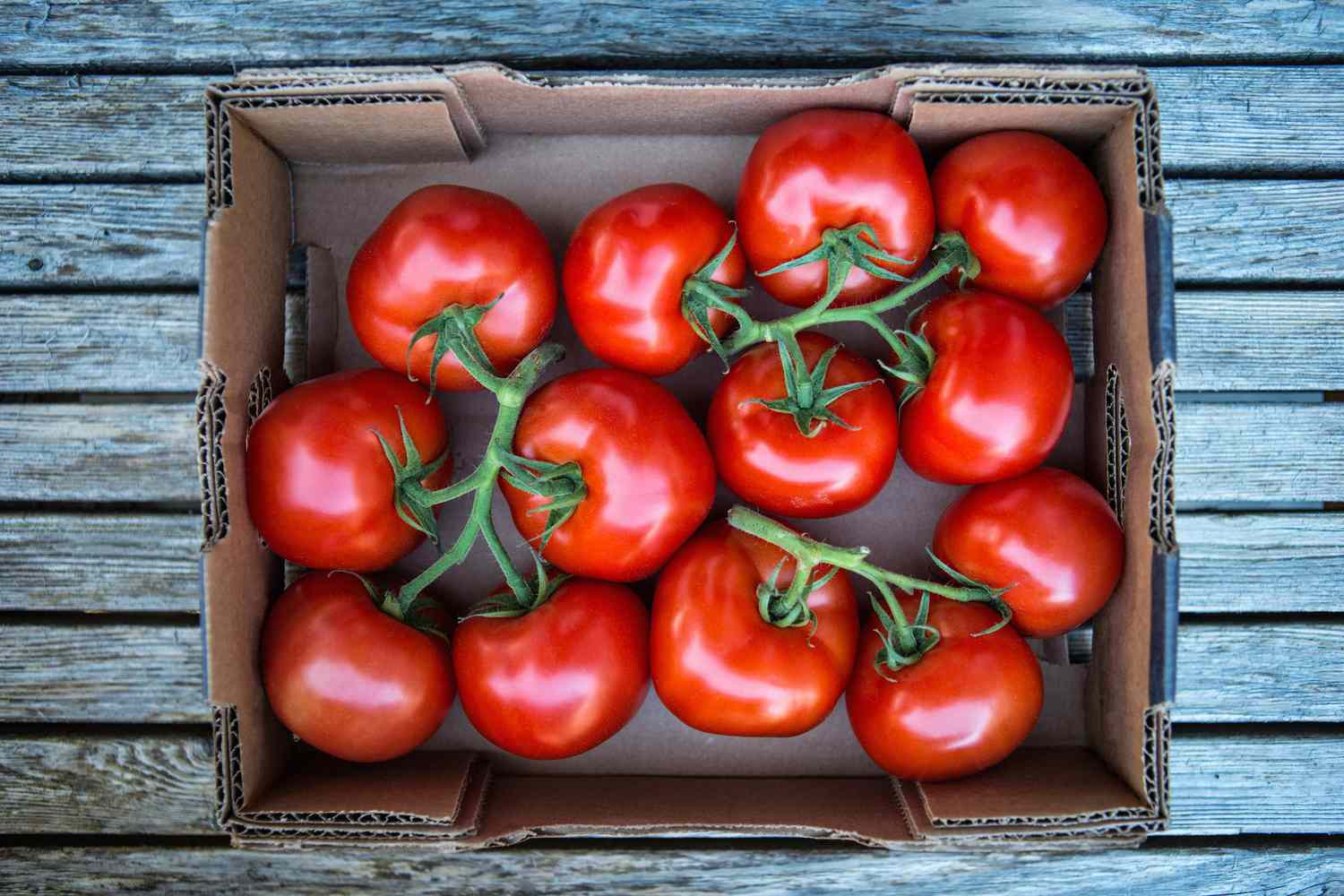
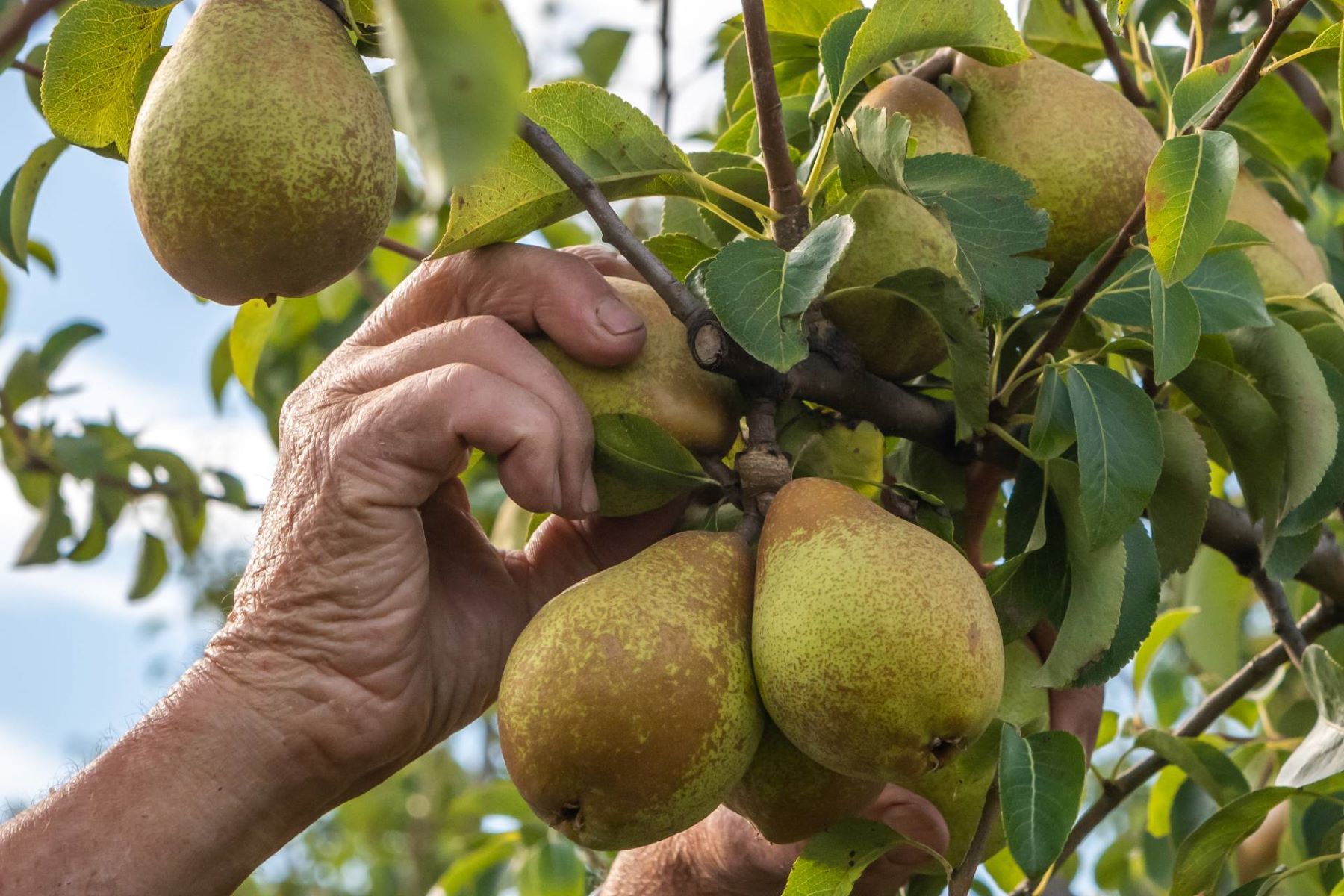
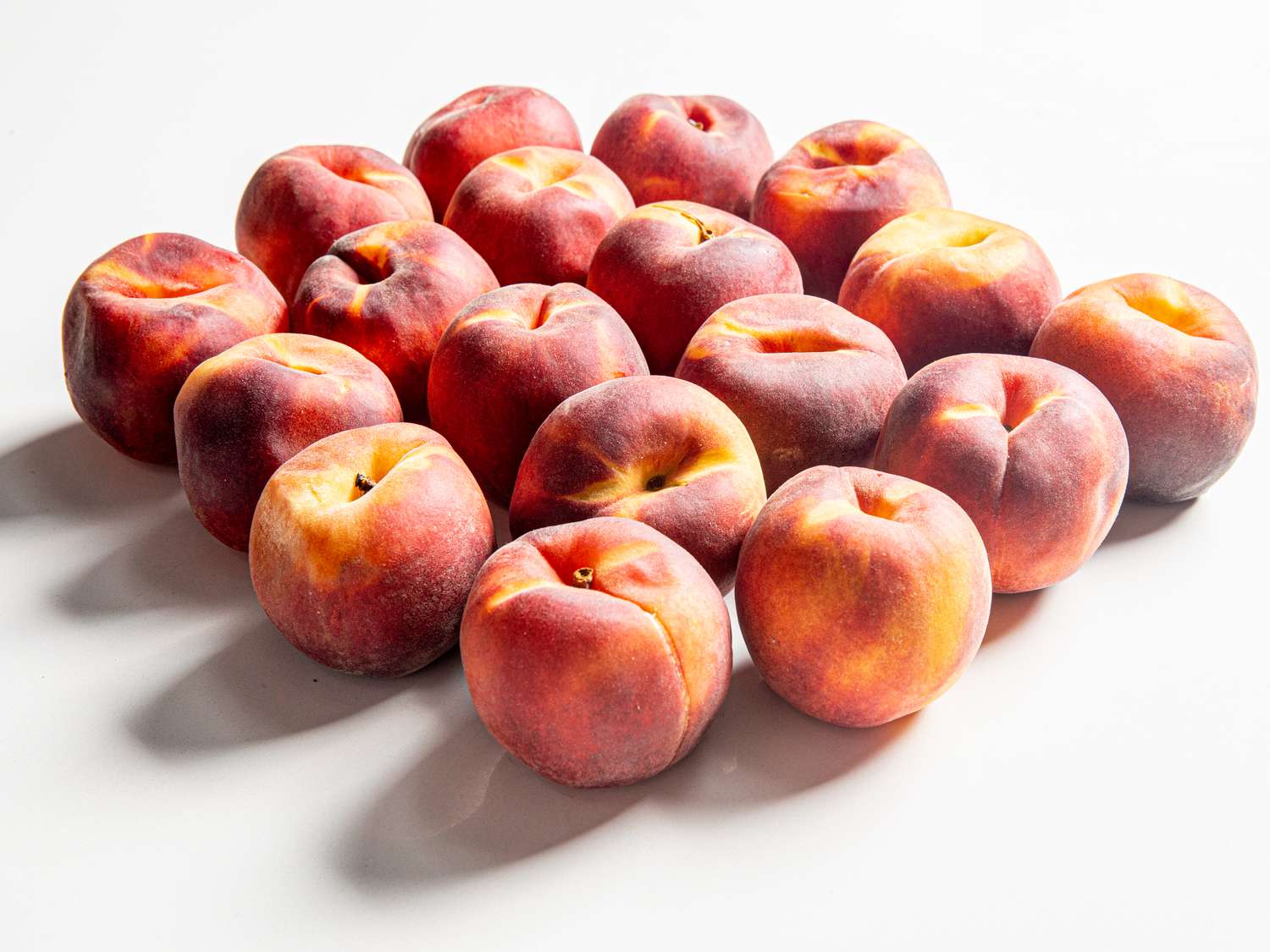
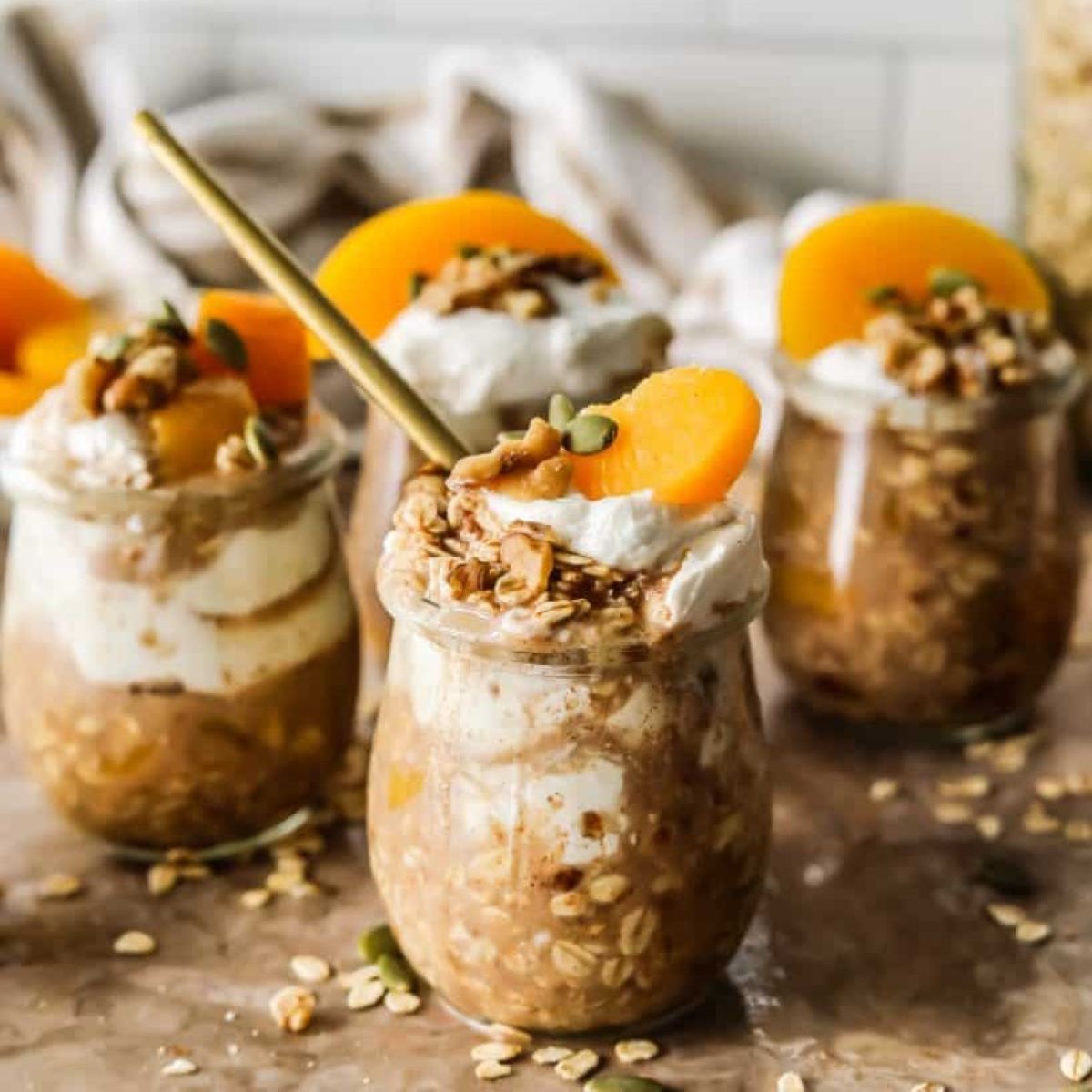
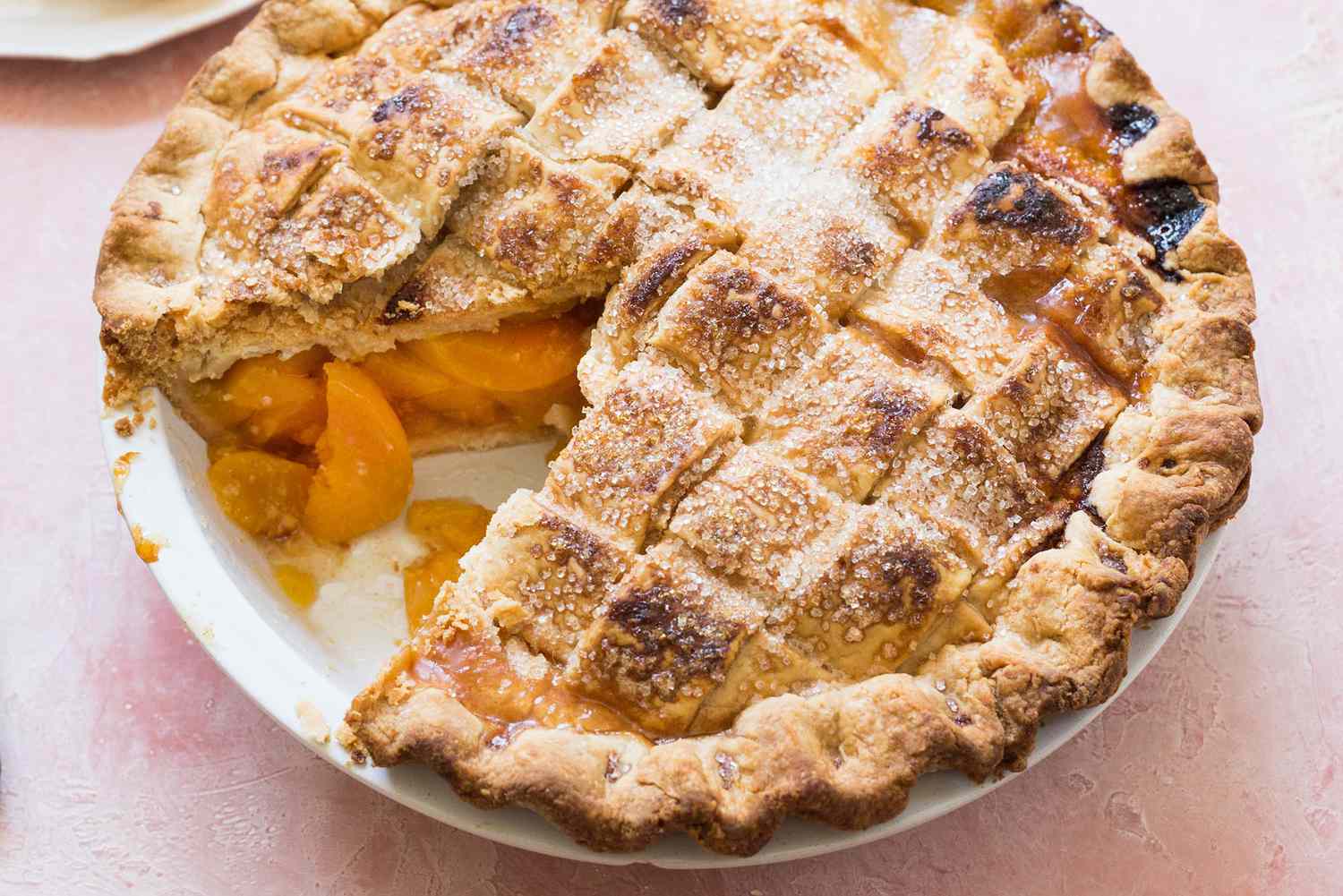

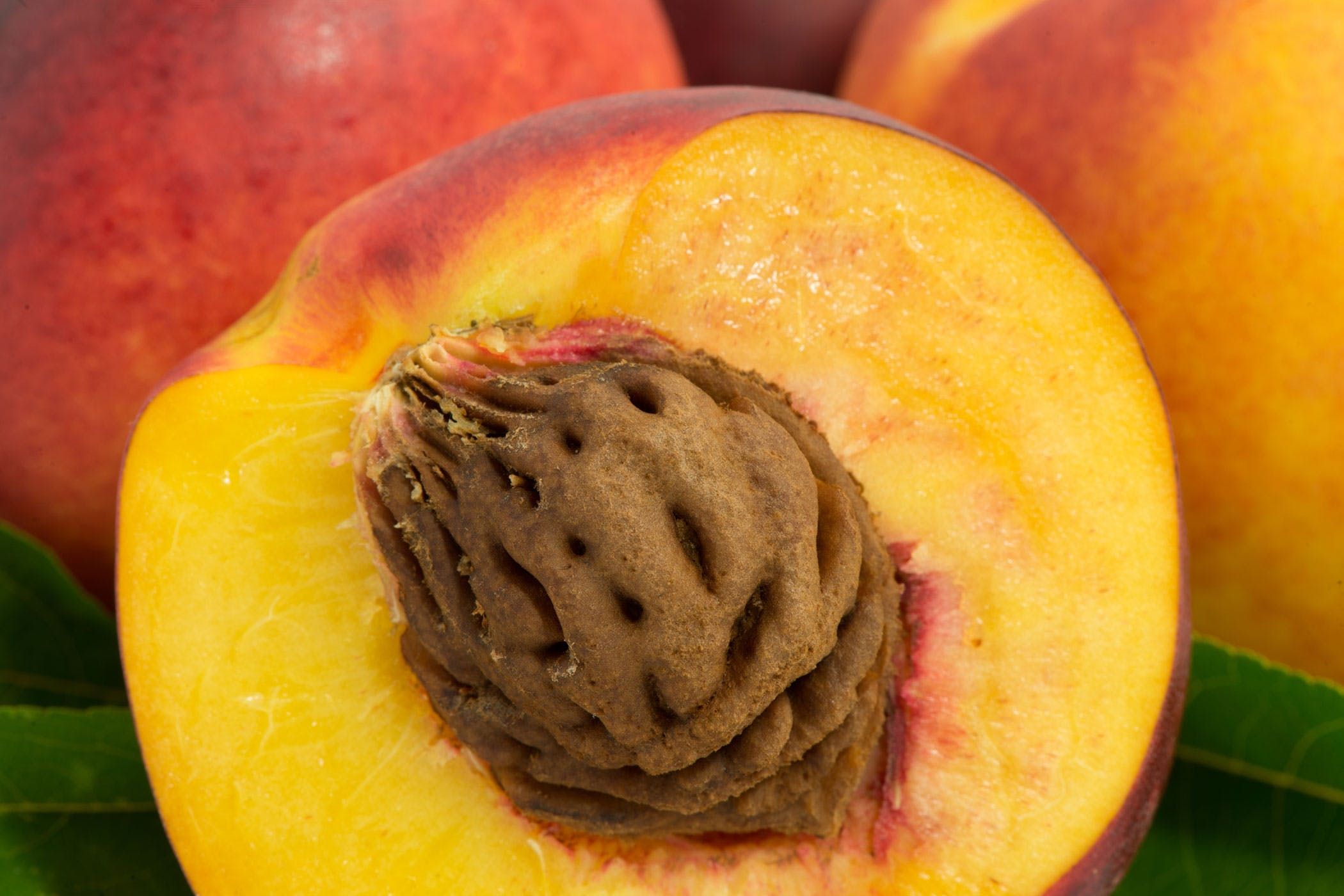
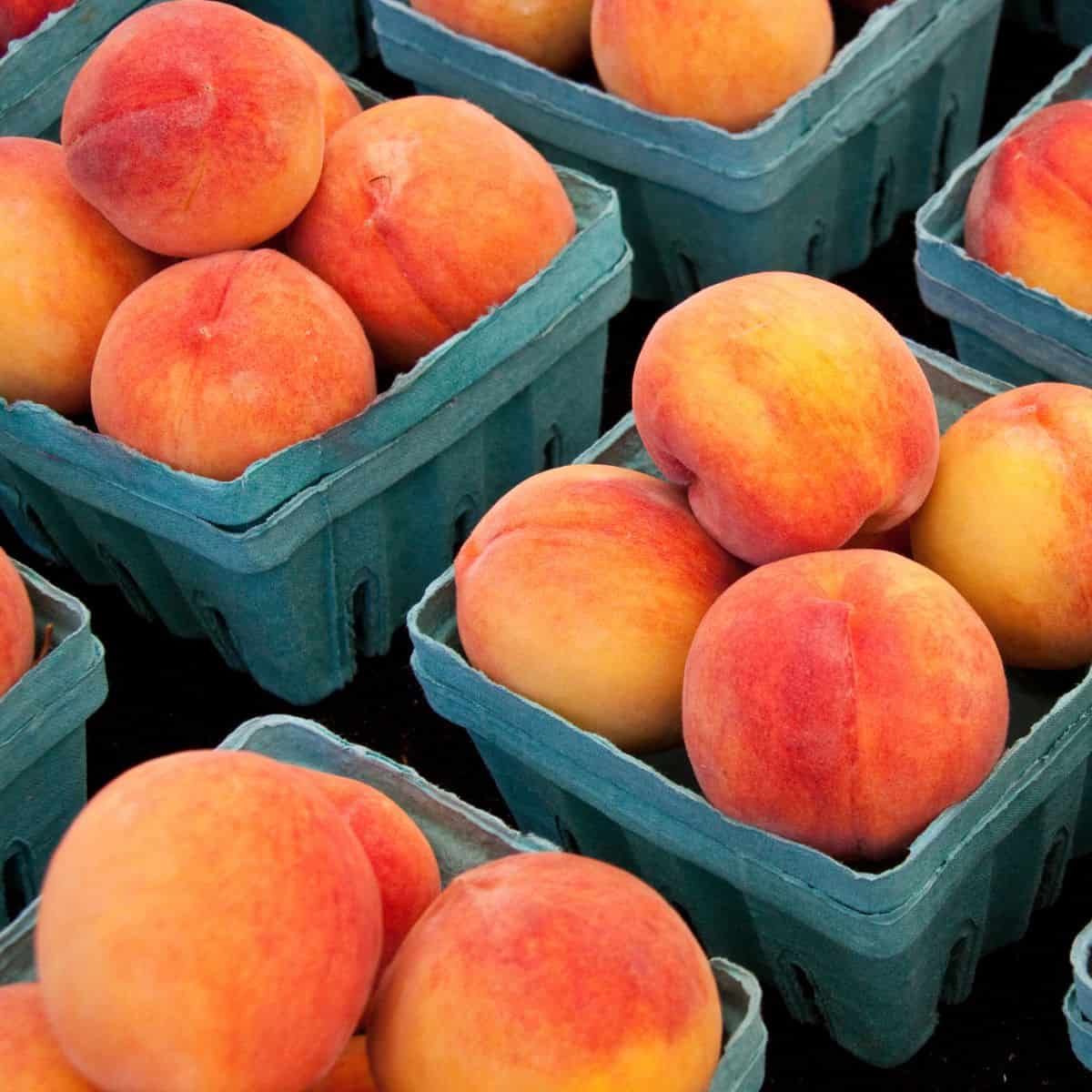

0 thoughts on “How To Store Ripe Peaches”